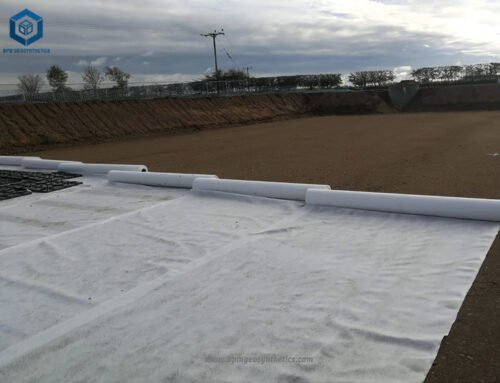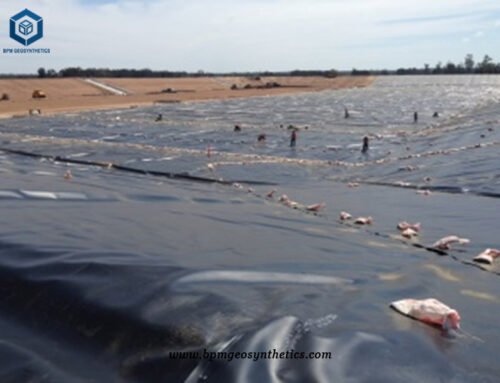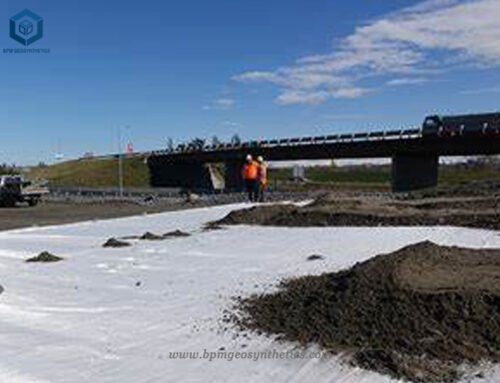HDPE geocell products are made of high strength HDPE or PP copolymer broadband, after strong welding or riveting and the formation of a network cell structure. HDPE Geocell is generally made by ultrasonic needle welding. Due to engineering needs, some in the diaphragm for drilling. The height of the strip is the height of the cell. When the cell is not expanded, the distance between two adjacent welds on the same side of the same sheet is the welding distance. The HDPE geocell is flexible which make it can be folded when transported. The HDPE geocell constitutes a strong lateral constraints and great stiffness of the structure when it is used open and filled with earth or concrete material. The HDPE geocell can be used as cushion to deal with soft foundation to increase the bearing capacity of the foundation, it can also be laid on the slope surface to form slope protection structure, but also can be used to build supporting structure.
1 What Are Geocell Products?
Geocell products are cellular confinement systems widely used in civil engineering and construction applications. These three-dimensional structures, typically made from high-density polyethylene (HDPE) or other materials, consist of interconnected cells that can be filled with soil, aggregate, or other infill materials to create a stable and reinforced structure.
The primary purpose of geocells is to provide erosion control, slope stabilization, and load support in various geotechnical projects. They find application in several key areas:
- Soil Stabilization: Geocells effectively stabilize soil on slopes, embankments, and erosion-prone areas, preventing soil erosion and promoting vegetation growth.
- Retaining Walls: Geocells can be used to construct retaining walls, providing structural support and stability to steep slopes. The cells are filled with suitable materials to enhance the wall’s strength.
- Road Construction: Geocells reinforce and stabilize the base layers of roads, evenly distributing loads and reducing the potential for road deformation.
- Channel Protection: Geocells protect riverbanks and channels by preventing soil erosion, creating a stable structure capable of withstanding water flow and maintaining the integrity of the surrounding environment.
- Load Support: Geocells offer support for heavy loads in applications such as parking lots and access roads. By distributing the load, they reduce pressure on the underlying soil.
- Green Roofs: Geocells can be incorporated into green roof systems, promoting vegetation growth while providing additional structural support.
The specific type of geocell product and its characteristics may vary depending on the manufacturer and project requirements. Nevertheless, geocell products offer a versatile and effective solution for addressing various geotechnical and environmental challenges in civil engineering and construction projects.
2 Case Study of HDPE Geocell Products for Highway Subgrade Project in Malaysia
- Location- Malaysia
- Product- HDPE Geoell Products
- Application- Highway Subgrade Project in Malaysia
The North-south highway in Malaysia runs cross the entire Malay Peninsula with complex geological conditions. If the foundation of soft soil section of expressway is not strengthened, subgrade instability and excessive subsidence or lateral displacement will often occur, and it will leading to the normal use of the highway, affecting the speed, comfort and safety of driving. Therefore, the government required the contracting company to provide safety materials to solve the load bearing and instability of the subgrade.
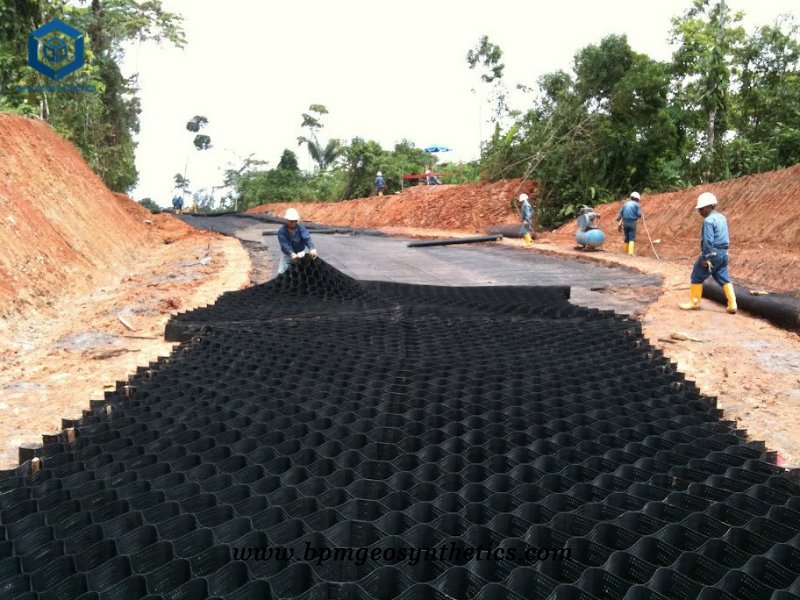
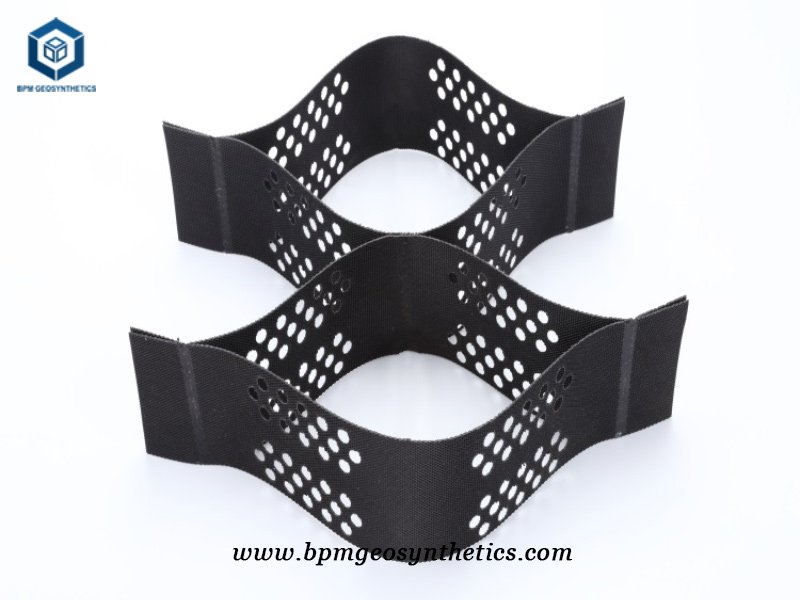
3 Solutions of HDPE Geocell Products for Highway Subgrade Project in Malaysia
BPM Malaysia received a visit from a customer interested in HDPE geocell products for a highway subgrade project. The customer had concerns about the soft foundation and frequent rainfall in the local area, which affected the stability of the roadbed. After detailed communication with our professional salesman, we recommended the use of our HDPE geocell confinement system, specifically the HDPE geocell with a large room, to address the challenges posed by the soft foundation.
To showcase the effectiveness of our HDPE geocell, we promptly sent a sample to the customer via international express. Upon receiving the geocell sample, the customer conducted an on-site inspection and performed necessary tests. The HDPE geocell products successfully met all their requirements, ensuring their confidence in our solution.
Impressed by the performance and suitability of our HDPE geocell, the customer decided to purchase 50,000 square meters of the product for their highway subgrade project. By using our HDPE geocell, they anticipated improved roadbed stability, enhanced bearing capacity, and resistance against erosion. Additionally, our solution offered advantages such as reduced labor intensity, thinner roadbed thickness, faster construction speed, and significant cost savings.
This successful collaboration with our Malaysian customer not only demonstrated the efficacy of our HDPE geocell products but also reinforced our commitment to providing tailored solutions to meet the unique project requirements of our clients.
4 Solution of HDPE Geocell Products for Highway Subgrade Project in Malaysia
HDPE geocell products are honeycomb three-dimensional confinement system that can significantly improve the performance of ordinary filler materials in load bearing and insect erosion control applications in a wide range. The HDPE geocell products have excellent resistance to ultraviolet and most naturally occurring soil conditions. The HDPE geocell is the cost effective and ideal geotechnical product to conform to surface variations for ease of installation while resisting impact damage. HDPE geocell is widely used in construction for base stabilization, slope erosion control, soil stabilization on flat ground, shorelines, multi-layered retaining walls, channel protection and structural reinforcement for heavy duty load support roads and earth retention.
The key principle is the three-dimensional constraints for soil, sand or small stones. Everyone knows that when a car drives through the desert, it makes two deep tracks. The part of the tracks sinks deep and the sides of the tracks rise high. If the cars behind them continue to follow the ruts, the subsidence will sink further and the bulge will rise further, until the bulge will rub against the chassis and the ruts will cover more than half of the wheels, and no further progress can be made. So, it is because when external load ACTS on the foundation surface, according to the prandtl’s theory and Taylor theory shows: under the action of concentrated load, active zone 1 compression subsidence, and pass force decomposition to each side to transition zone 2, excessive area passive zone 2 and 3, passive area will be deformation and uplift without any restrictions.
5 HDPE Geocell Product Features
- Easy to expand, transport can be folded, construction can be stretched into a network, filled in soil, gravel, concrete and other loose materials, constitute a strong lateral restrictions and large stiffness of the structure.
- Light material, wear resistance, chemical stability, light oxygen aging, acid and alkali resistance, suitable for different soil and desert soil conditions.
- High lateral limit and anti-skid, prevent deformation, effectively enhance the bearing capacity of the subgrade and dispersed load.
- Geocell height, welding distance and other geometric dimensions can be easily changed to meet the needs of different projects.
- Easy expansion, small transportation volume, convenient connection and fast construction speed.That is to say, once the load acts on the roadbed, a cambered active region will be formed under the load, and it will squeeze through the transition region, so as to uplift the passive region.In other words, the bearing capacity of the foundation is determined by the shear force along the slip line and the forces moving the active, transitional and passive regions.Not only can the real process of the above principles be very obvious in sand base, but also can be found in soft road model, but the rate of formation is slower than the change in sand.Even better subgrade materials are still unable to avoid its lateral movement.The general highway subgrade is several meters above the ground, water absorption slurry is not easy, but long-term settlement still exists.Some of the reasons are rainwater infiltration, material loss and base subsidence. Another important reason is the lateral displacement of the material to both sides of the subgrade section under the action of long-term rolling and vibration force under the wheel load.
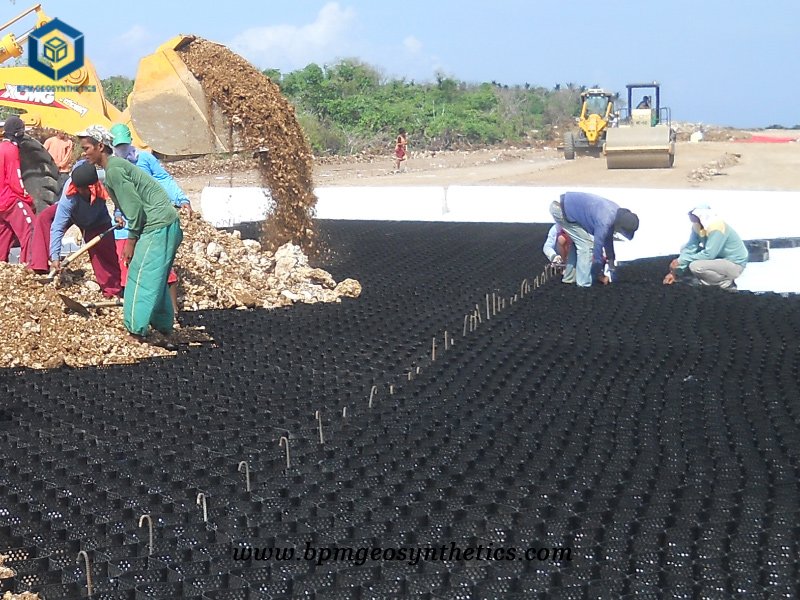
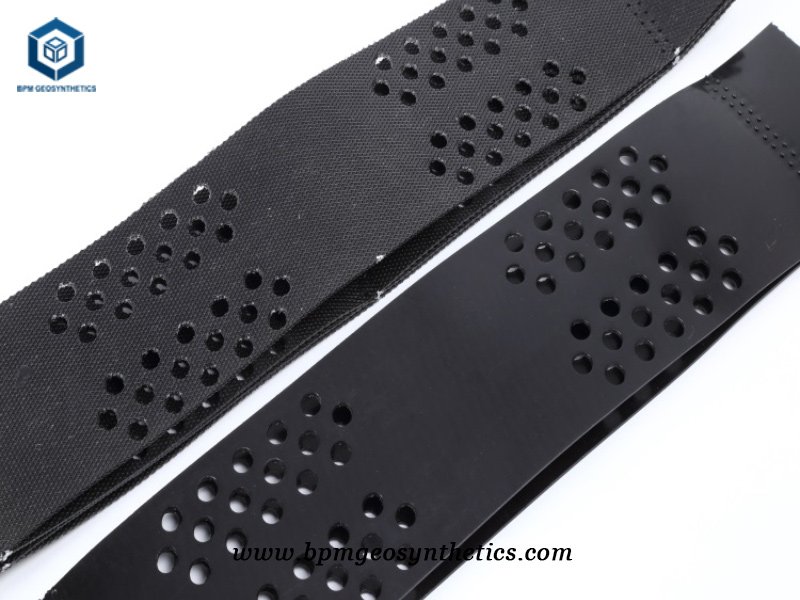
That is to say, once the load acts on the roadbed, a cambered active region will be formed under the load, and it will squeeze through the transition region, so as to uplift the passive region. In other words, the bearing capacity of the foundation is determined by the shear force along the slip line and the forces moving the active, transitional and passive regions.Not only can the real process of the above principles be very obvious in sand base, but also can be found in soft road model, but the rate of formation is slower than the change in sand.Even better subgrade materials are still unable to avoid its lateral movement.The general highway subgrade is several meters above the ground, water absorption slurry is not easy, but long-term settlement still exists.Some of the reasons are rainwater infiltration, material loss and base subsidence. Another important reason is the lateral displacement of the material to both sides of the subgrade section under the action of long-term rolling and vibration force under the wheel load.
HDPE Geocell engineering application
- Used for stabilizing highway and railway subgrade.
- Used for levee bearing load and shallow river treatment.
- Used to prevent landslide and load of the mixed retaining wall.
- In the encounter of soft foundation, the use of geoceles can greatly reduce the construction labor intensity, reduce the thickness of the roadbed construction speed, good performance, greatly reduce the project cost.
6 Specifications of HDPE Geocell Products for Highway Subgrade Project in Malaysia
- Total HDPE geocell quantity – 50,000 squares meters
- Geocell Hight – 150mm
- Geocell Welding Distance – 450mm
- Geocell Thickness – 1.5mm
About BPM
BPM has been specializing in delivering one stop geosynthetics products and solutions to worldwide customers since its foundation in 2007. BPM had provided many types of effective and state of the art geomembranes, geotextiles, geocells, geosynthetic clay liners (GCLs), drainage boards, geogrids to over 81 countries.
BPM is not only manufacturing best quality geosynthetic products but also providing professional design and installation service. OEM, ODM, custom development and fabrication are also available. If you have any questions or inquiries, please contact us, we will reply as soon as possible.


